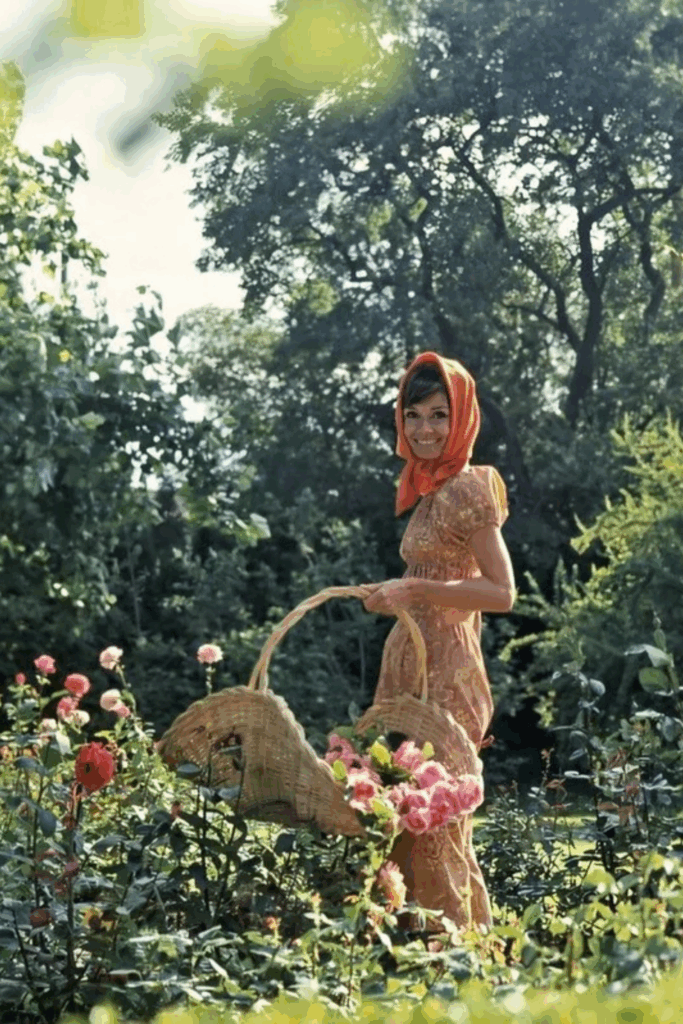
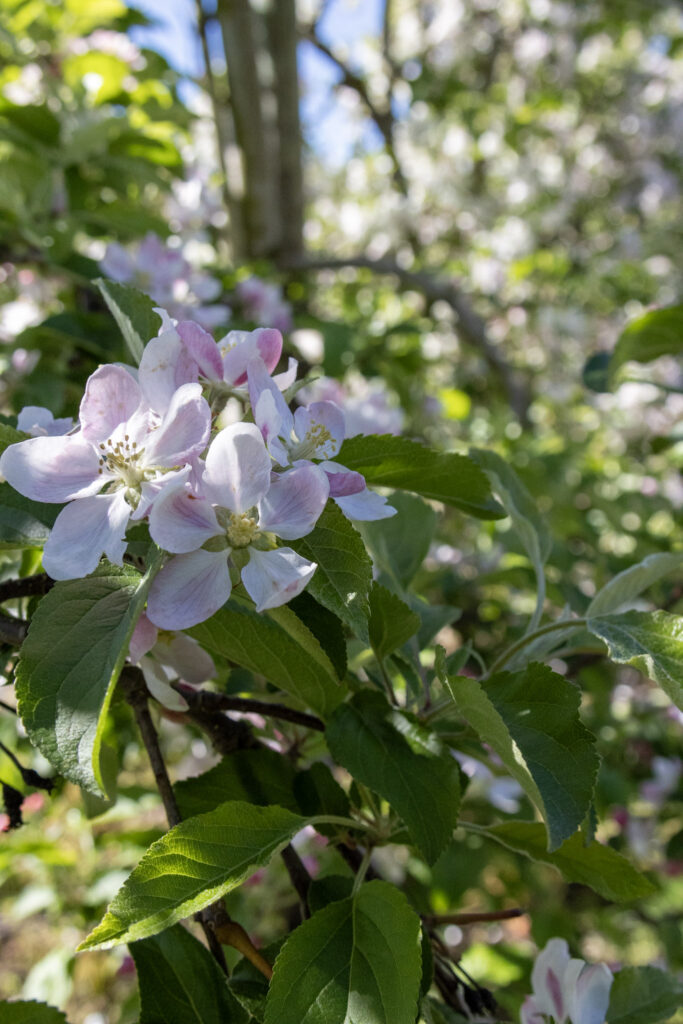
Nearly 350 varieties of tulips dot the city of Morges this spring during its annual festival. With a population of approximately 17,000, Morges holds a special charm, having once been frequented by the illustrious Audrey Hepburn. Known to the world generations over for her morning croissant in front of Tiffany’s, or as a rebellious princess defiantly snipping off locks of hair in Rome, the neighboring village of Tolochenaz was where the Emmy, Grammy, Oscar and Tony award-winning actress and UNICEF Ambassador called home for 30 years. The colorful tulips evoke memories of the star’s Dutch heritage, a country that attributed two flowers in her honor: the “Audrey Hepburn Tulip” and the “Audrey Hepburn Rose,” a gesture Hepburn once described as, “the most romantic thing that can happen to you.”[1]
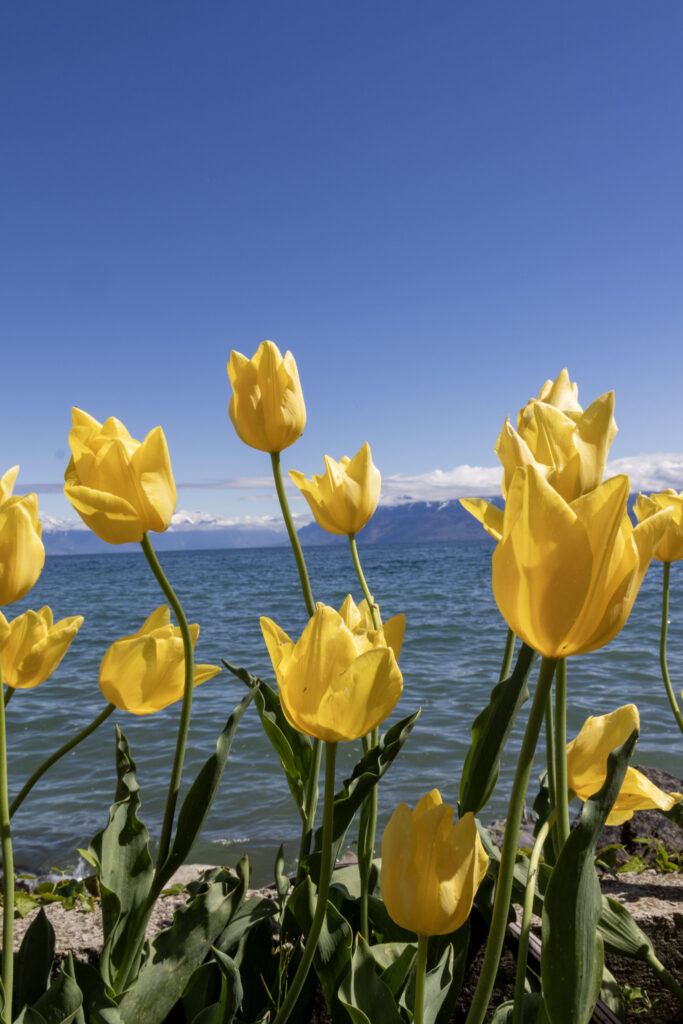
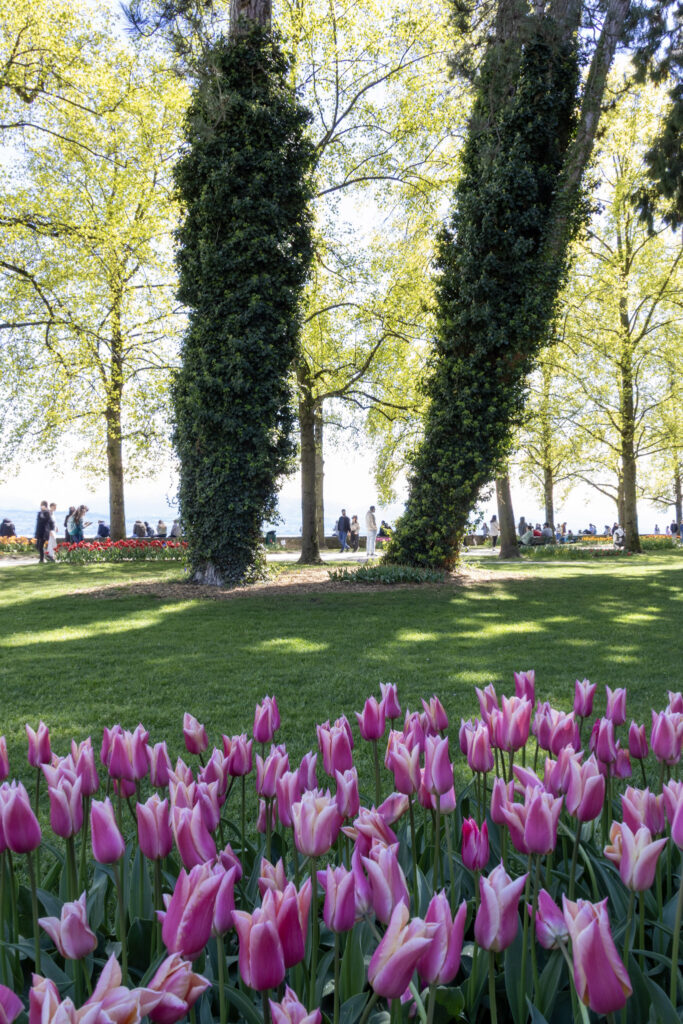
We stroll through the serene village of Tolochenaz with Pierluigi Christophe Orunesu, founder of Cybel’Art and Eurolactis. His Sardinian-native parents, Giovanni and Rochita, managed the garden and kitchen at La Paisible, Audrey Hepburn’s home from 1963 to 1993, aptly translating to “peaceful place” in French.
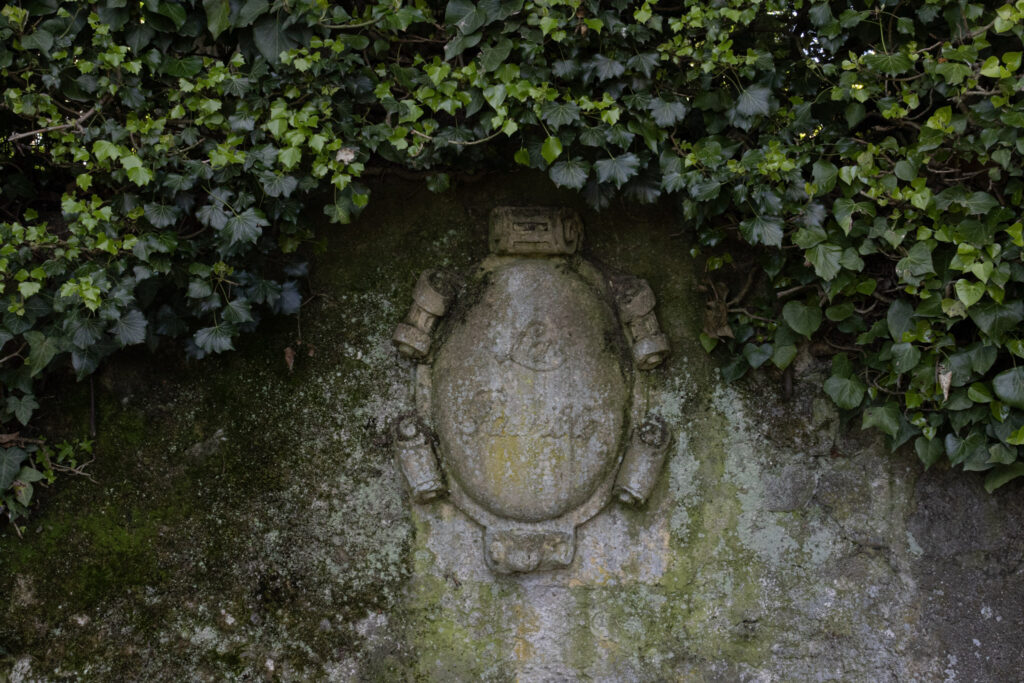
Described by Orunesu as “an angel- someone from another dimension,” Hepburn was very much in tune with the natural world, deeply touched by the ways of the willow tree, the rose bushes, and her beloved Jack Russell terrier, Penny. “The first thing she would ask about after returning home from her travels would be how the dogs were doing,” Orunesu recalls.
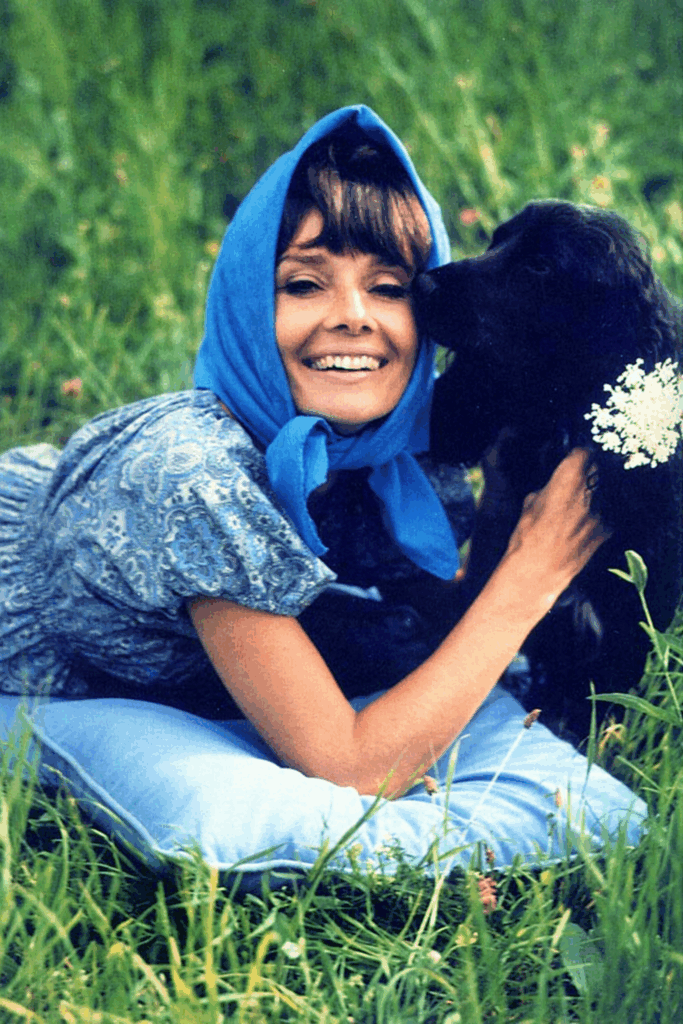
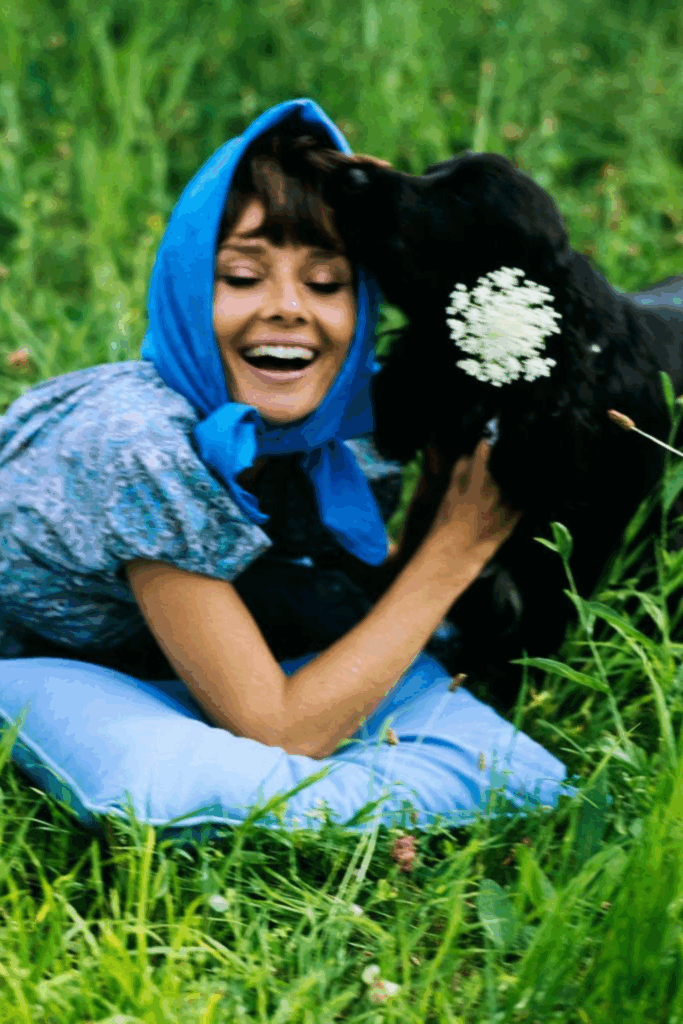
Hepburn spent hours in her flourishing garden, rich with apple, pear, and quince trees, working alongside Orunesu’s father Giovanni. Hepburn was fascinated by the transformation from vegetable garden to table and was particularly proud of what La Paisible was able to cultivate. According to Hepburn’s son Luca Dotti, when the diagnosis of her colon cancer came at an unprecedented pace, Giovanni worried about how to manage the 4-acre lot without her. “I will continue to help you,” Hepburn assured him, “but not in the same way.”[2]
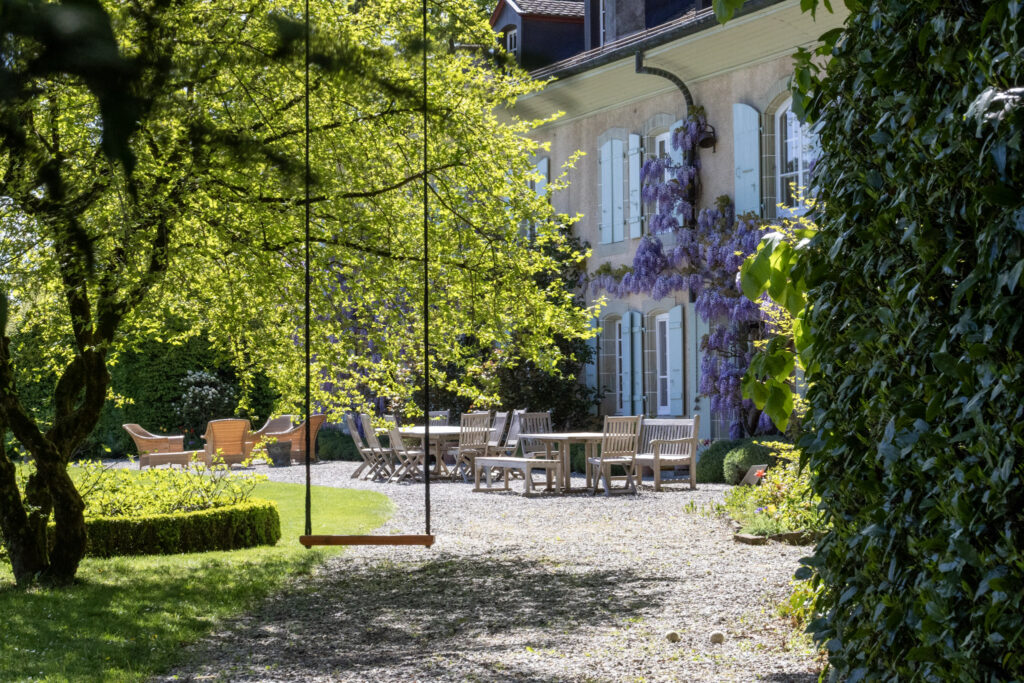
Sold in 2000 to Parisian couple Jean-Marc and Katharina Beaujolin, with their six children in tow, La Paisible is today on the market at a hefty price of US$ 21 million. Closed to the public, we peer through the bushes like hungry paparazzi at the breathtaking villa from afar. Holding twelve bedrooms and eight bathrooms, the size of La Paisible is startling, a stark contrast from the tiny church down the street where Hepburn’s funeral took place in 1993, and the one-room shop next door selling local produce, once a farm where Hepburn and Orunesu would walk together to collect fresh eggs.
“That was my room,” Orunesu points to a window on the top floor to the right. He fondly remembers the attic at La Paisible, which served as his playground, filled with Hepburn’s film costumes, jewelry, and artifacts. Orunesu would create plays with his friends in the garden, with Hepburn frequently in attendance.
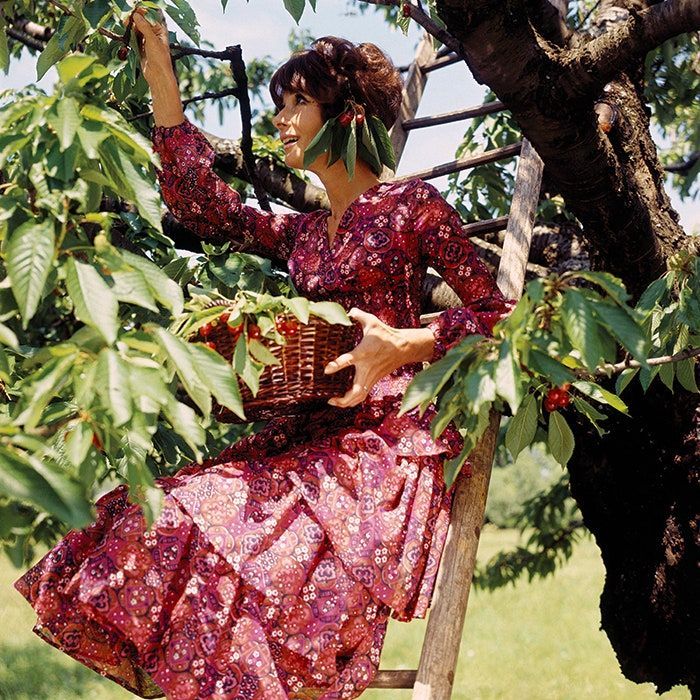
“She spoiled us,” Orunesu said, noting how Hepburn would often share the many gifts she received with him and his sister. One gift that stands out in his memory is a camcorder, which he used to film home movies at La Paisible. Orunesu and his friends would later watch these films from Hepburn’s sky blue Porthault linen covered bed, surrounded by white wicker furniture and fresh flowers from the garden.
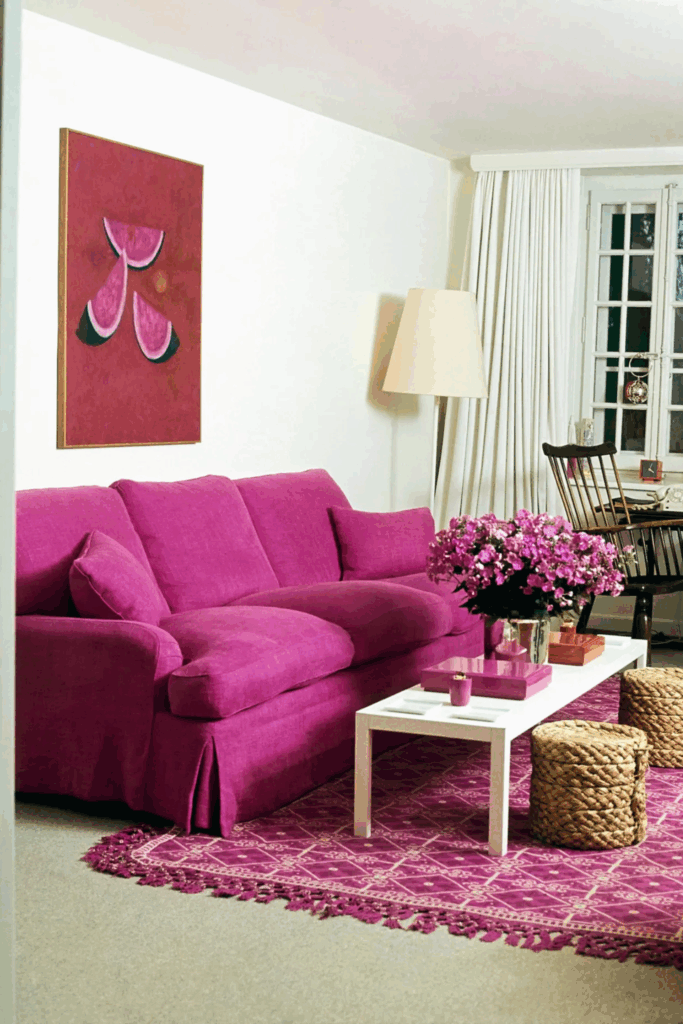
Vogue, April 1971. © Henry Clarke
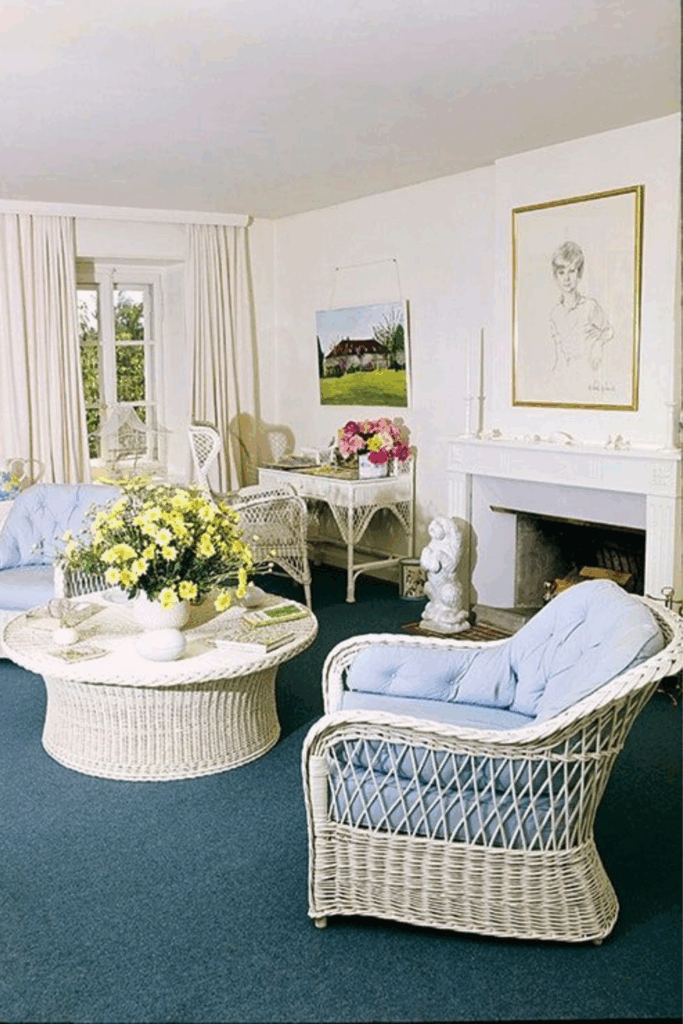
Vogue, April 1971. © Henry Clarke
Orunesu remembers Easter egg hunts each spring, and Christmas celebrated at midnight with gifts for all underneath Hepburn’s tree. At La Paisible, language passed from Italian to French to English, three of the five languages of which Hepburn spoke, in addition to Dutch and Spanish.
“There is no speech I can relax into when I’m tired, because my ear has never been accustomed to one intonation,” Hepburn once said. “It’s because I have no mother tongue that the critics accuse me of ‘curious speech.’” [3]
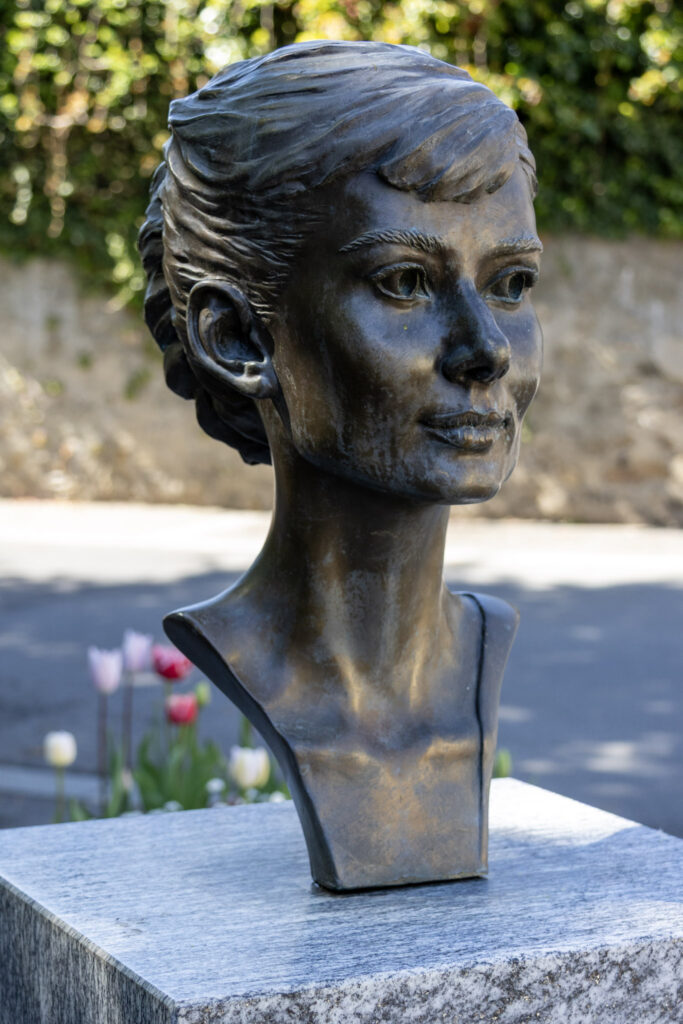
Tolochenaz, Switzerland. 2025.
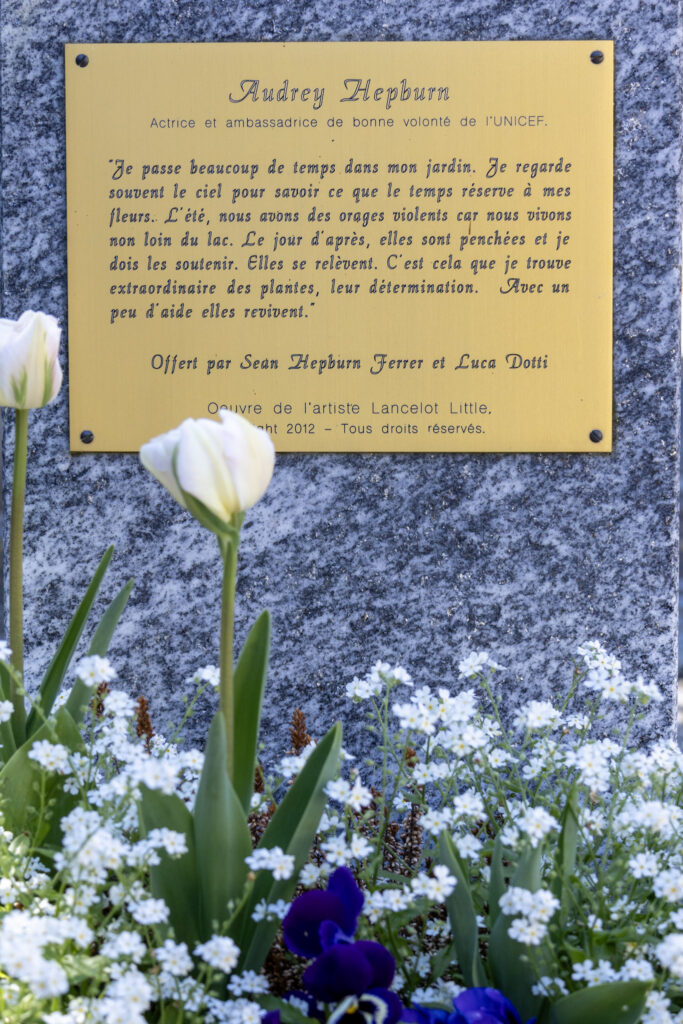
Born in Belgium to her Dutch mother, Baroness Ella van Heemstra, and English father, Joseph Victor Anthony Ruston, Hepburn spoke Dutch and English with her parents as a child and French for daily life outside the home. At age six, shortly after the abandonment of her father, Hepburn was sent abroad to an academy for girls in Kent, England, considered by her mother a vital step in becoming a young lady.
“I always hear my mother’s voice, saying, “Be on time,” and “Remember to think of others first,” and “Don’t talk a lot about yourself. You are not interesting. It’s the others who matter.” Hepburn once said.[4]

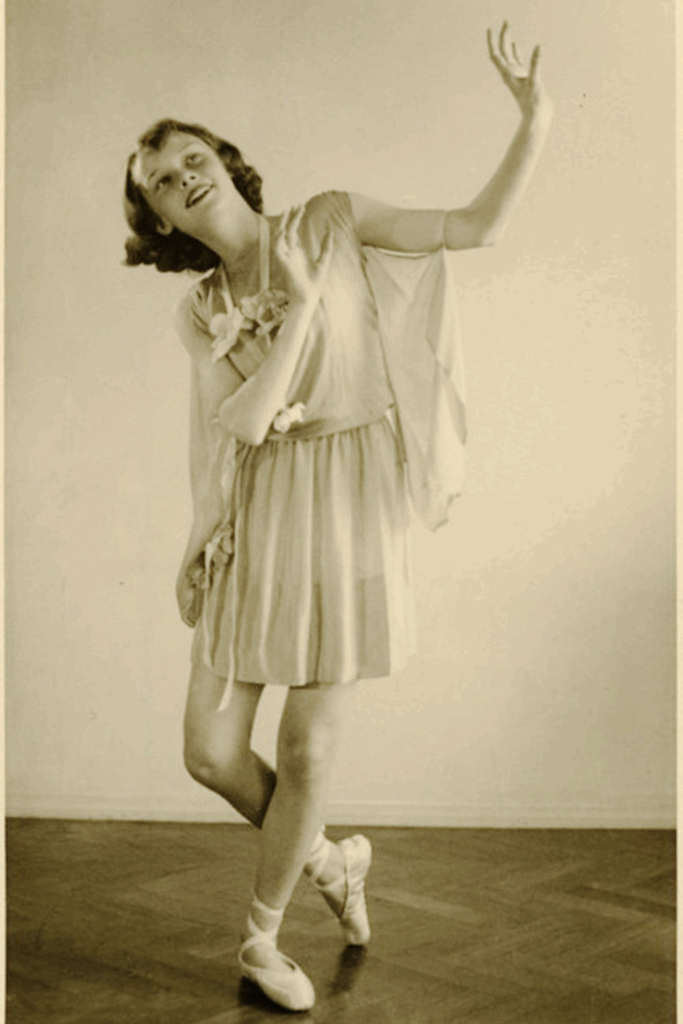
In 1939, when Britian declared war on Germany, the Baroness and her daughter relocated to her parent’s villa in Arnhem, Holland, where Hepburn’s grandfather had once been mayor, in hopes that the country would remain neutral as in WWI. For Hepburn’s safety, her mother changed her British sounding name to Edda van Heemstra and discouraged her from speaking English in public. Like many European aristocrats throughout the 1930s, Baroness van Heemstra and Hepburn’s father believed in Hitler’s promises of economic prosperity and joined efforts in collecting funds to support the Fascist party in 1935, even lunching with Hitler himself in Munich.[5]
In May 1940, six days after Hepburn’s 11th birthday, Germany invaded the Netherlands without warning. In the months that followed, the van Heemstra funds, which had provided security for centuries, were depleted, including the confiscation of valuable family jewels. In 1942, Hepburn’s Uncle Otto, who was a judge presiding over a court case involving an attempted attack on a German train transporting military supplies, along with her cousin and four neighbors, were lined up against a wall and shot. This public execution, one of the first civilian attacks during occupation in Holland, was a turning point for Hepburn and her mother, who began supporting the Dutch underground resistance.
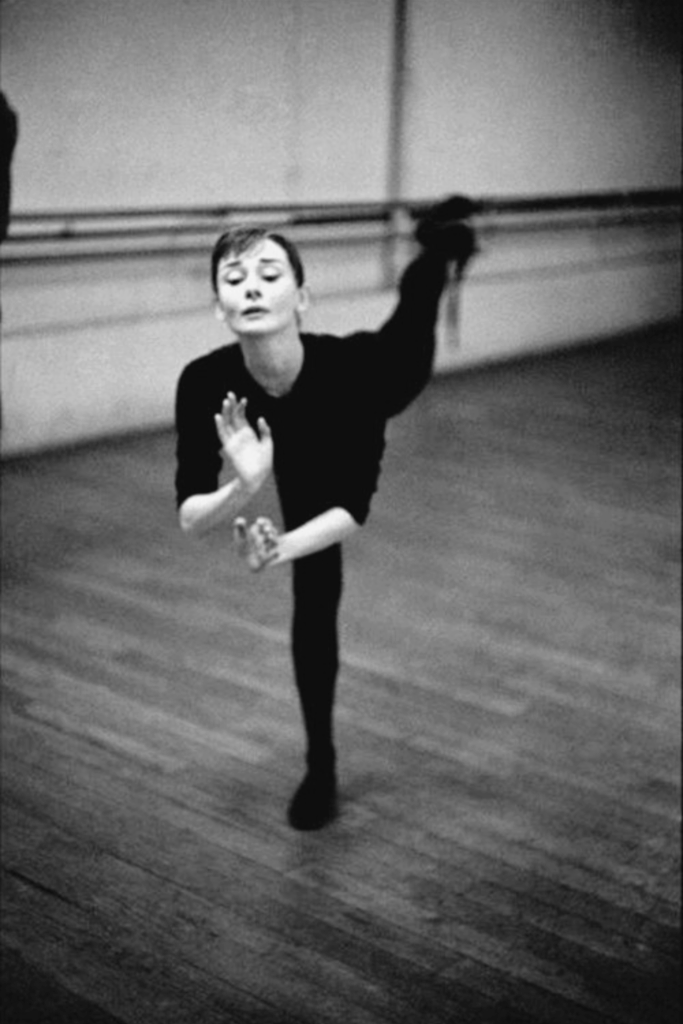
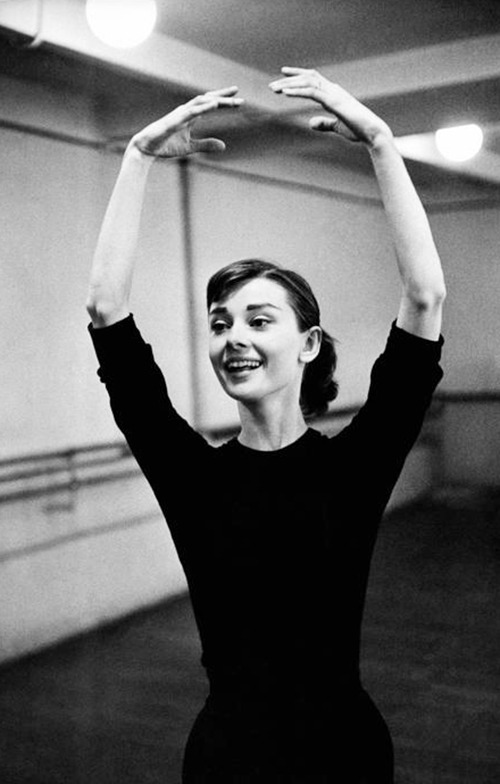
A classically trained ballerina, Hepburn danced and prepared her own choreography despite being malnourished in what was known as “black performances”, secret recitals to raise money for resistance workers with little lighting and blackout curtains, with audiences passing change for dancers to safeguard in their worn pointe shoes.
“The best audience I ever had made not a single sound at the end of my performance,” Hepburn said.[6]
Five years of German occupation hindered Hepburn’s chances of attaining her childhood dream: to become a prima ballerina. Eating tulip bulbs in the garden to survive, Hepburn would sleep to ignore feelings of hunger. At the end of the war, then aged 16, Hepburn was 5’7 and weighed 88 pounds (1.70, 39 kg). She and her mother relocated to London, where Hepburn trained with Polish born dancer Marie Rambert, known as one of the ‘mothers of English ballet.’ Despite her keen ambition and stark discipline, Rambert informed Hepburn that she could have a fine career as an instructor, but never as a prima.
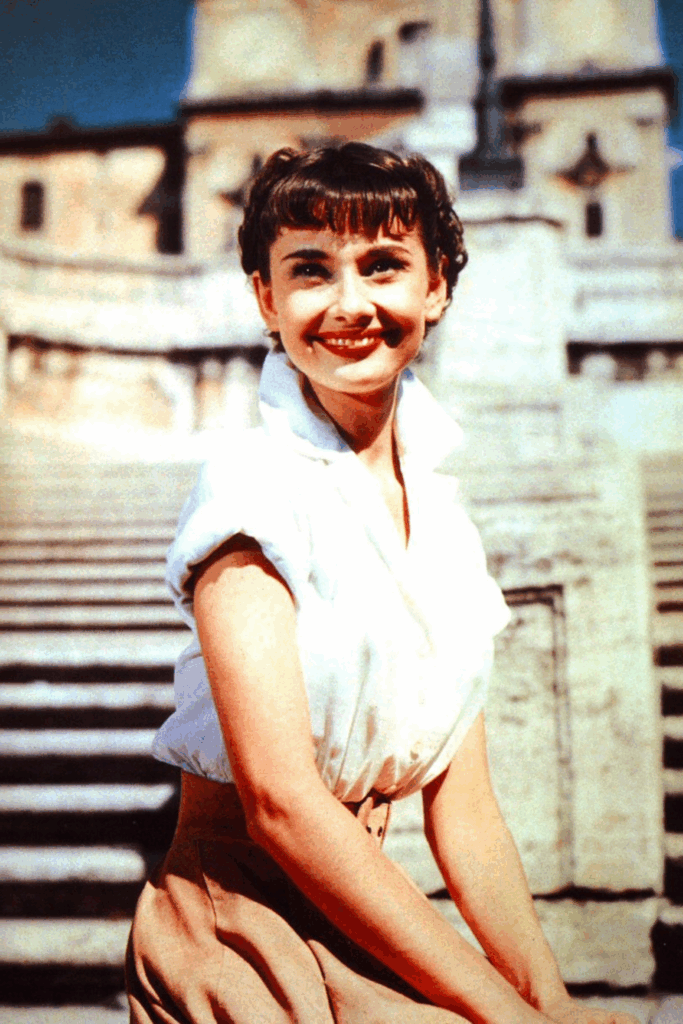
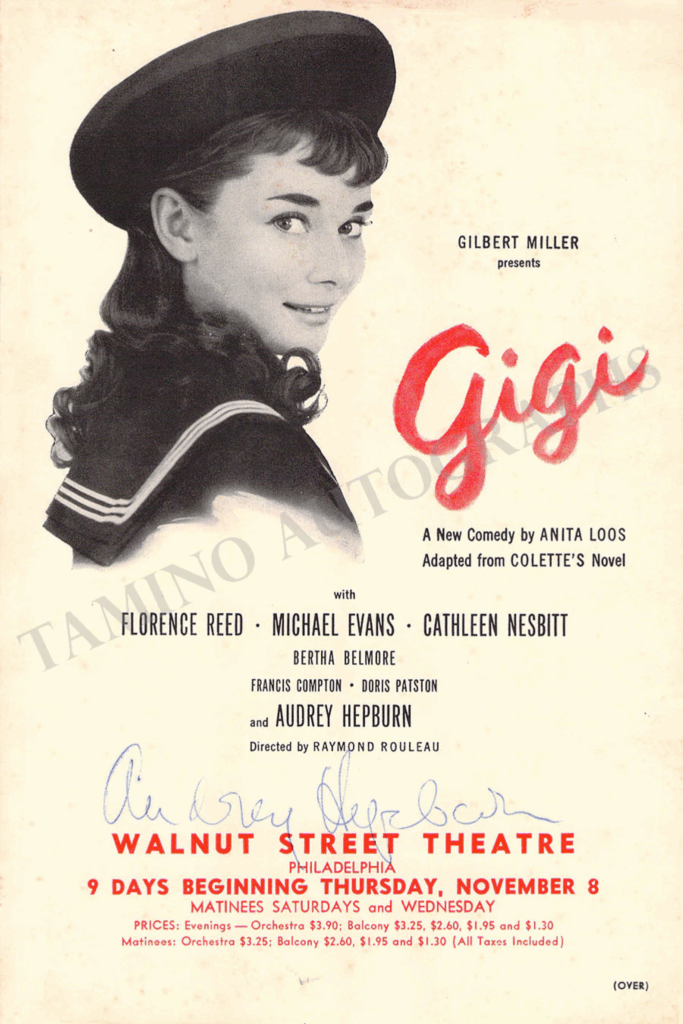
The news catapulted Hepburn into small dancing roles in various theater productions and modeling jobs here and there. In 1951, she was cast in a few scenes of a musical comedy Monte Carlo Baby, spotted from afar by then 78-year-old French writer Colette, whose novella Gigi was to be turned into a hit Broadway show. Colette was adamant that Hepburn be cast as Gigi, noting that she had that “piquant” quality needed for the character.
At twenty-two-years-old, Audrey Hepburn became an overnight sensation, and one of the few inexperienced actors with subsequent leading roles on Broadway followed by an 11-Oscar nominated film, even coming home with the Oscar for Best Actress in the film Roman Holiday.
Forever uncomfortable with her lack of training in acting, Hepburn felt evermore self-conscious about herself in the spotlight.
“It’s like when somebody gives you something to wear that’s too big, and you have to grow into it,” she said. [7]
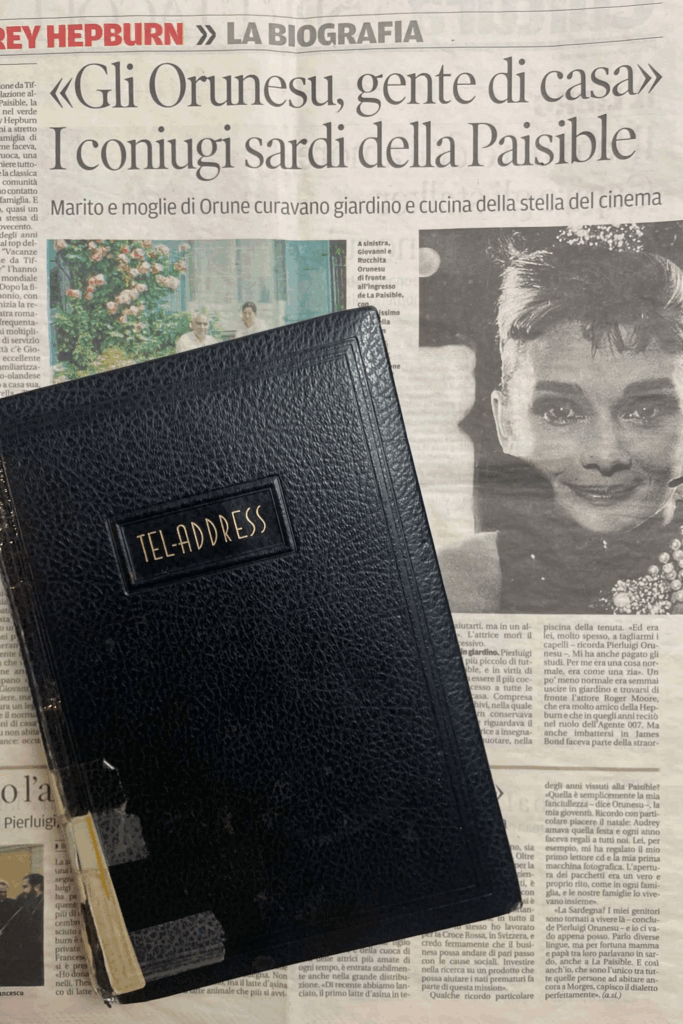
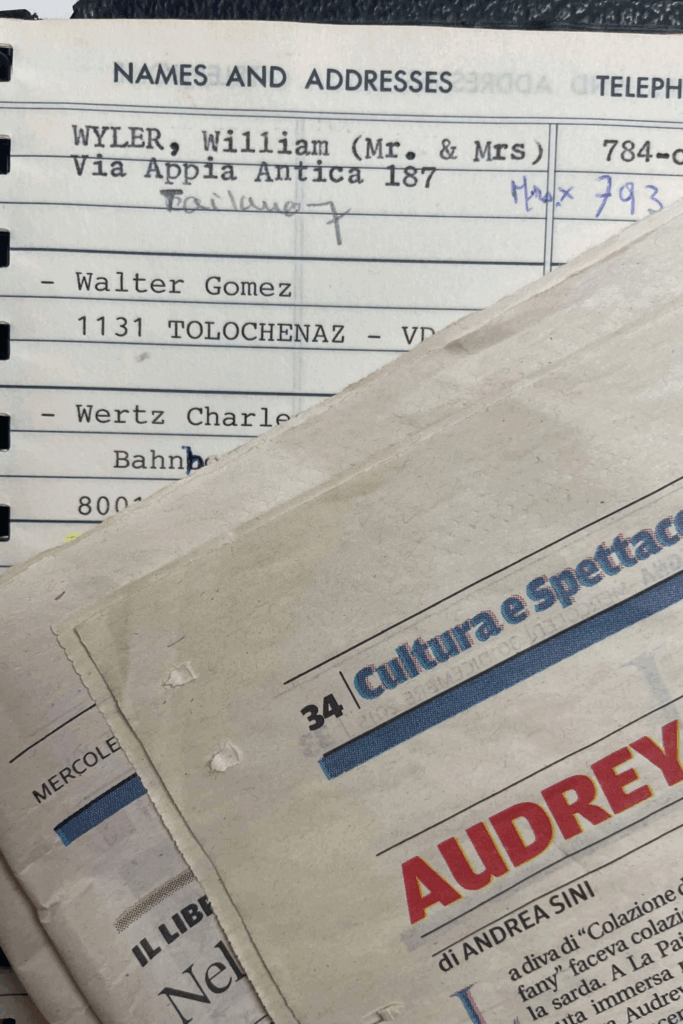
Orunesu’s office in Morges is aligned with piles of vintage editions of People and Paris Match magazines and former mementos from La Paisble, including Hepburn’s former address book. I flip to the W section by chance, eyes landing on William Wyler’s former phone number, the most nominated director in Academy Awards history, and who directed Hepburn’s films Roman Holiday (1953), The Children’s Hour (1961), and How to Steal a Million (1961).
“My career is a complete mystery to me,” Hepburn once said. “It’s been a total surprise since the first day. I never thought I was going to be an actress, I never thought I was going to be in movies, I never thought it would all happen the way it did.” [8]

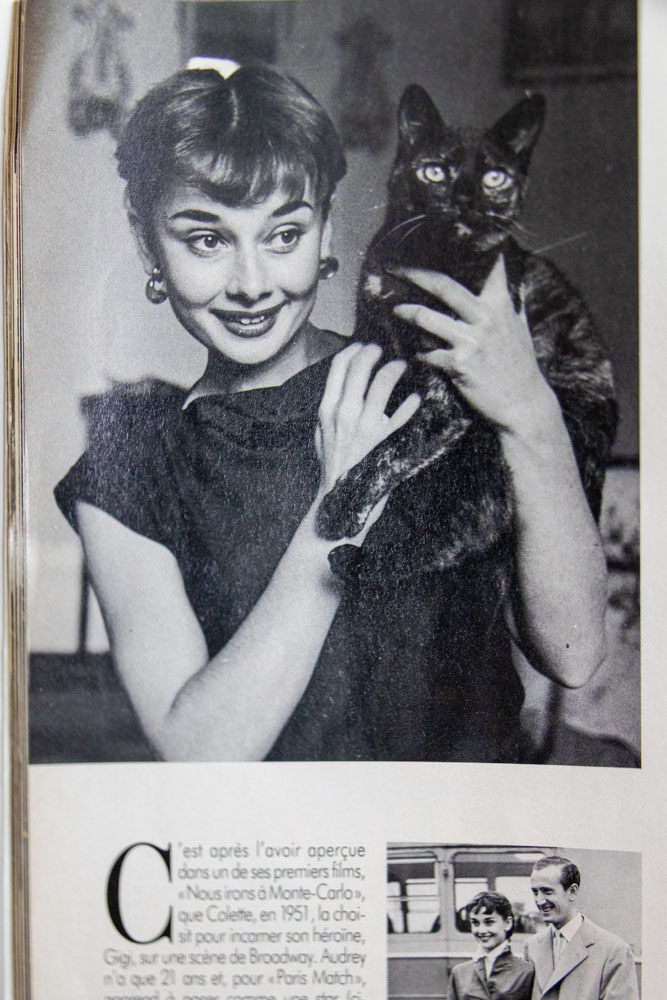
Reflecting on his childhood at La Paisible, Orunesu didn’t see Hepburn as a movie star, however his curiosity sparked when he spotted James Bond in the garden. On multiple occasions he crossed paths with Roger Moore, at times even playing ping pong with him, who was a dear friend, and, like Hepburn, a UNICEF Goodwill Ambassador.
According to local papers, the City of Morges has expressed interest in bringing together sponsors to purchase La Paisible, becoming a flagship site in the region. However, the ethical question arises: could transforming La Paisible into a museum for the public lead to the over-commercialization of Hepburn’s spirit, which naturally surrounds Tolochenaz, similar to that of Dollywood or Elvis Presley’s Graceland?

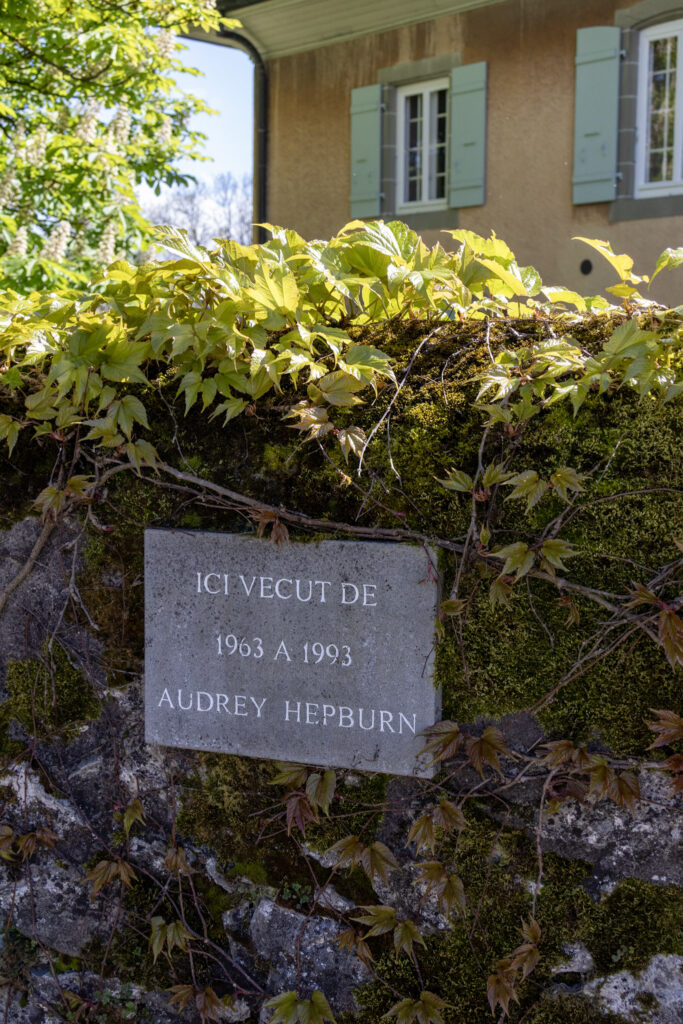
“We don’t bother people here,” Orunesu said, highlighting one of the unspoken rules in Switzerland of respect for privacy, a reason why many celebrities have found the country so appealing. In Morges, Hepburn was able to go to the outdoor morning market, sip her coffee at Fornerod, or buy cheese at local fromagerie Dufaux.
“It does me good to talk about her,” Orunesu says, his eyes lingering on a collection of records. He fondly recalls Hepburn’s exquisite taste in art, her home adorned with vibrant paintings (including “Sandias y Naranja” by artist Rufino Tamayo, sold in 2016 for US$ 2.29 million), and the soothing melodies of classical and jazz records.
Today, Orunesu dedicates his time to his two diverse companies, both of which he credits Hepburn. The first is an art-tech firm called “Cybel’Art,” where he transforms his passion for classical music into a virtual reality experience. As users put on the headset, they become members of the Swiss symphonic orchestra, able to hold the sheet music and turn their head to view accompanying musicians. Orunesu notes that Hepburn sparked his interest in music and even funded his childhood years at a conservatory.

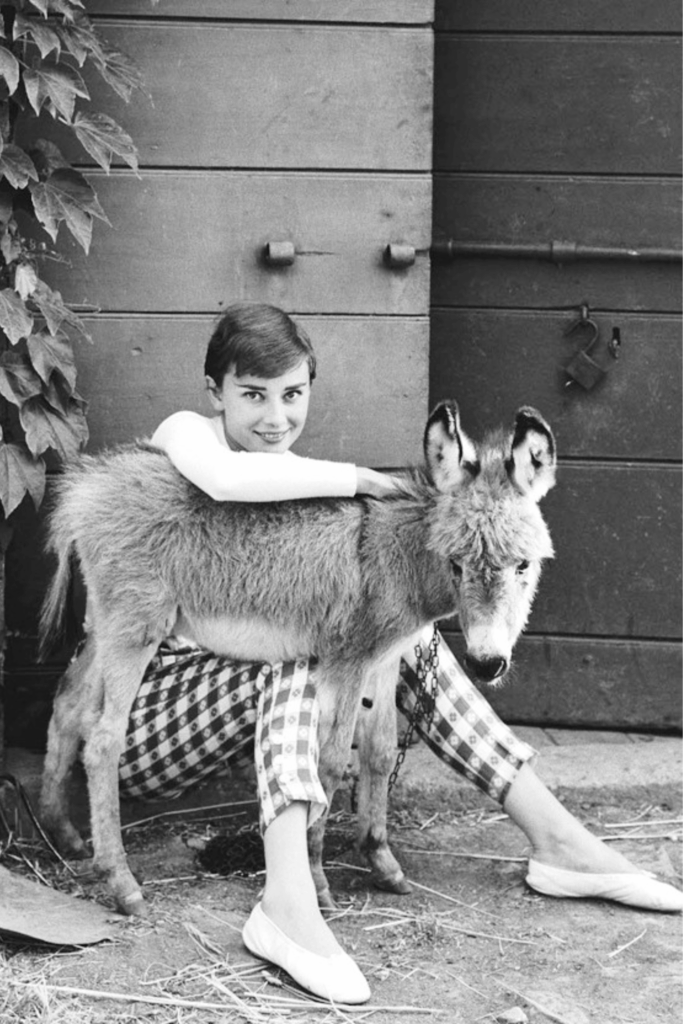
A large photo of Hepburn sitting next to a baby donkey named Bimba on the set of War and Peace (1955) hangs in Orunesu’s office. His second company, Eurolactis, specializes in the ancient properties of donkey milk, of which he presented to Pope François and gifted two donkeys to the Vatican hospital maternity ward.
Growing up in La Paisible, there was no limit to what dreams could be achieved. Orunesu felt that within Hepburn’s sphere, kindness was nurtured, and creativity thrived.
“That was the Hepburn spirit,” Orunesu said, taking his seven-year-old daughter’s hand in his. When asked to share her middle name, she shyly smiles and says “Audrey”.
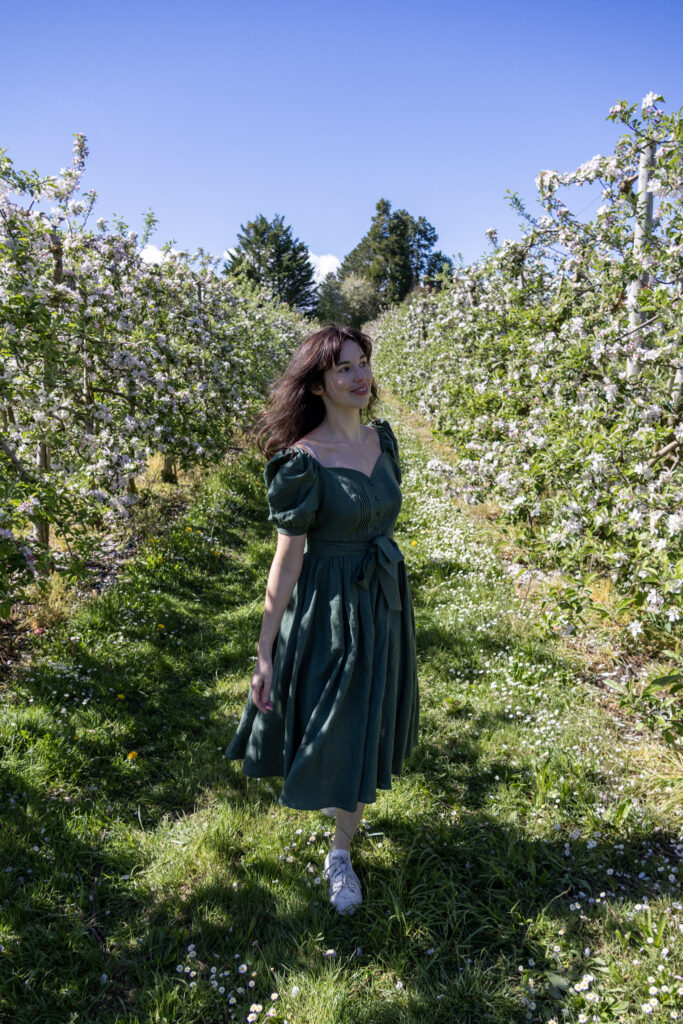
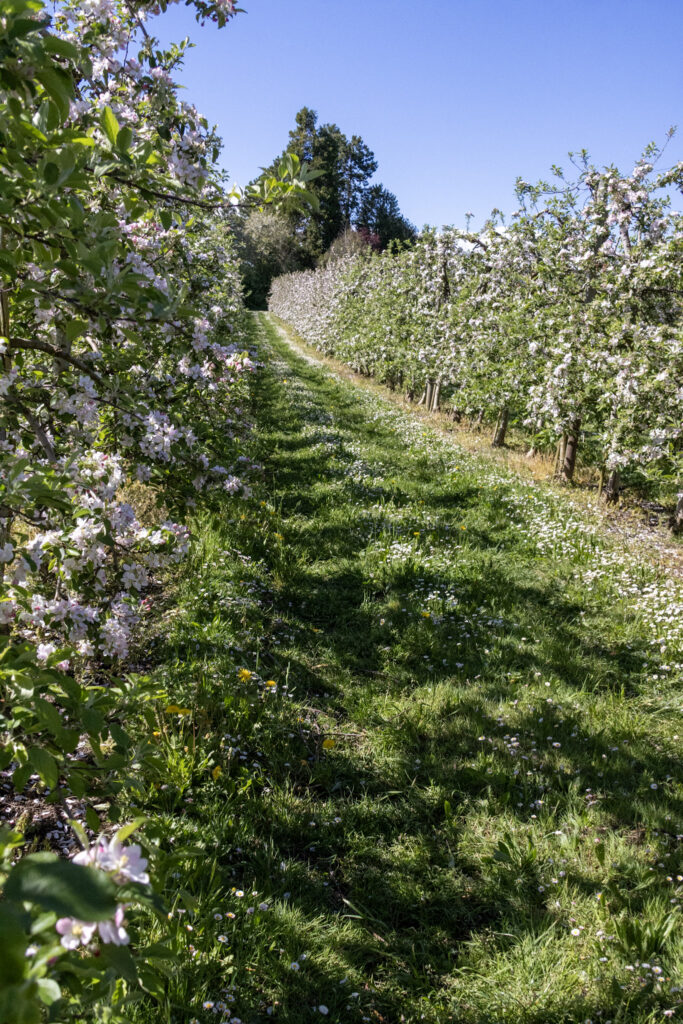
[1] Dotti, L., & Spinola, L. (2015). Audrey at Home: Memories of My Mother’s Kitchen (p. 137). Harper Design.
[2] Dotti, L., & Spinola, L. (2015). Audrey at Home: Memories of My Mother’s Kitchen (p. 137). Harper Design.
[3] Spoto, Donald. Enchantment – the Life of Audrey Hepburn. Arrow Books Ltd, 2007, p. 16.
[4] Spoto, Donald. Enchantment – the Life of Audrey Hepburn. Arrow Books Ltd, 2007, p. 8.
[5] Spoto, Donald. Enchantment – the Life of Audrey Hepburn. Arrow Books Ltd, 2007, p. 9.
[6] Spoto, Donald. Enchantment – the Life of Audrey Hepburn. Arrow Books Ltd, 2007, p. 19.
[7] Spoto, Donald. Enchantment – the Life of Audrey Hepburn. Arrow Books Ltd, 2007, p. 94.
[8] Spoto, Donald. Enchantment – the Life of Audrey Hepburn. Arrow Books Ltd, 2007, p. 56.
